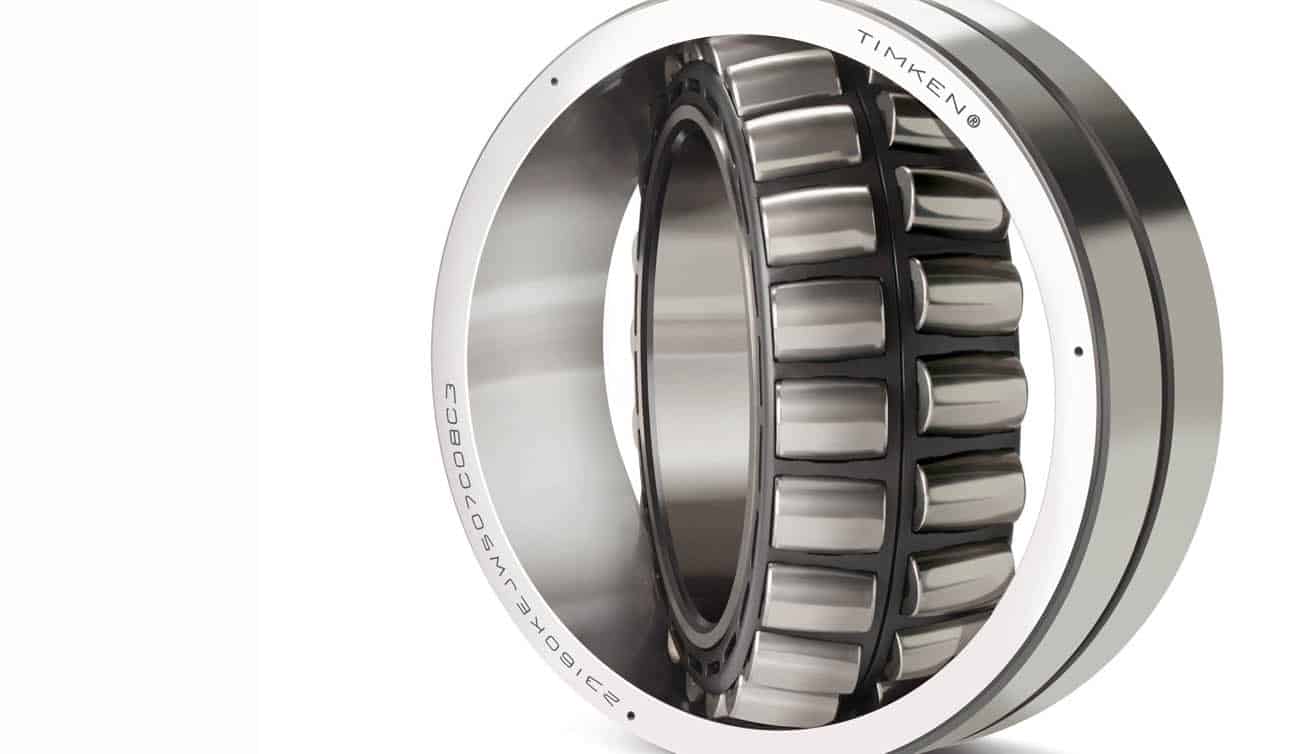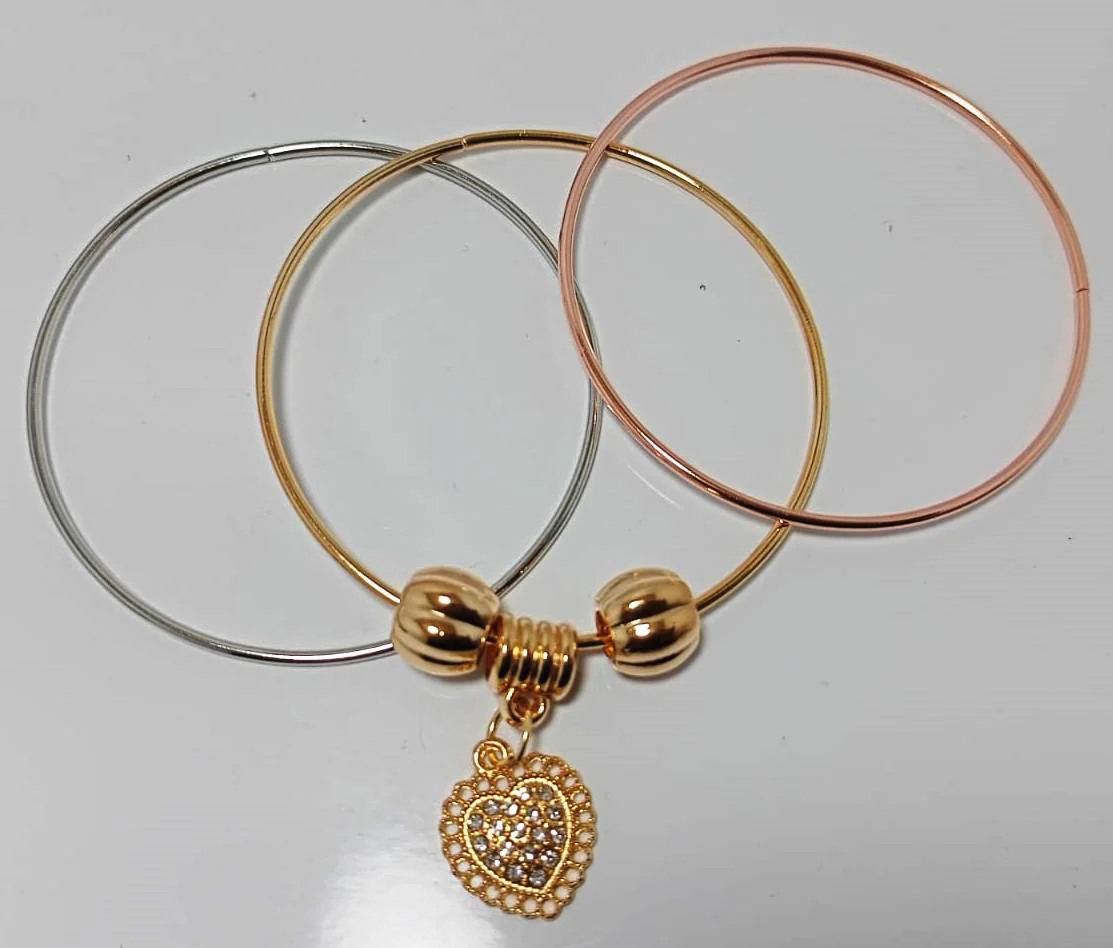Introduction to Spherical Bearings
Rounded bearings certainly are a critical element in a wide variety Spherical Bearings of technical and commercial applications. These precision-engineered units enable smooth rotational action between two connected components while also flexible angular misalignment. Whether you’re dealing with automotive equipment, aerospace applications, or commercial equipment, rounded bearings provide a adaptable option for challenging tasks.
In this manual, we’ll discover the different kinds of rounded bearings, their essential advantages, and practical applications. Also, you’ll find out how to choose the correct rounded showing for the particular wants, ensuring maximum efficiency and longevity.
What is a Spherical Bearing?
A rounded showing, also called a rounded simple showing, was created to handle equally radial and axial loads, permitting mobility in movement. The inner ring of the showing is designed such as for instance a sphere, permitting it to rocker and rotate within the external ring. This unique design allows the showing to support angular misalignment and reduces the odds of wear and grab on the connected parts.
Critical The different Spherical Bearings parts of a Rounded Displaying:
Inner Ring: Generally rounded fit, permitting rotational movement.
External Ring: Offers help and properties the inner ring.
Lubrication: Needed for smooth function and lengthier lifespan.
Closes: Protect the showing from toxins like dust, soil, and moisture.
The versatility of rounded bearings is a result of their ability to deal with equally rotational and angular actions, making them suitable for a wide variety of applications.
Types of Spherical Bearings
Knowledge the different types of rounded bearings is essential for choosing the right one for the application. Each type is designed for particular operates and load capacities, therefore let’s break up the most typical types.
- Radial Rounded Spherical Bearings Bearings
Radial rounded bearings are designed to help radial loads while permitting rotational movement. These are typically utilized in applications where the showing is subjected to large radial makes but involves some degree of mobility in movement.
Programs:
Commercial equipment
Construction equipment
Hydraulic cylinders
- Angular Contact Rounded Bearings
Angular contact rounded bearings are designed to manage combined loads, indicating they could help equally radial and axial makes simultaneously. The perspective of contact involving the showing and the length allows for better detail in load management.
Programs:
Automotive steering techniques
Aerospace components
Agricultural equipment
- Self-Lubricating Spherical Bearings Rounded Bearings
Self-lubricating rounded bearings eliminate the necessity for regular handbook lubrication by adding materials that discharge lubricants around time. These bearings are suitable for applications where maintenance accessibility is restricted or where typical lubrication is impractical Spherical Bearings .
Programs:
Overseas drilling stations
Commercial conveyor techniques
Heavy-duty mining equipment
Key Benefits of Spherical Bearings
Why choose rounded bearings around different kinds of bearings? There are several essential advantages that produce them the most well-liked selection in many industries.
- Accommodates Imbalance Spherical Bearings
Among the greatest great things about rounded bearings is their ability to support angular misalignment. In real-world applications, components are seldom completely arranged, and rounded bearings provide the mandatory mobility to deal with this without reducing performance.
- Grips Large Masses
Rounded bearings are designed to handle equally radial and axial loads, helping to make them suitable for applications where equally kinds of makes are present.Spherical Bearings That double capacity guarantees that equipment runs efficiently actually below large stress.
- Toughness
With correct maintenance, rounded bearings can last for quite a while, even in harsh environments. Their robust construction and the usage of top quality materials Spherical Bearings cause them to become resistant to wear and grab, lowering the necessity for frequent replacements.
- Flexibility Spherical Bearings
From automotive steering techniques to commercial equipment, rounded bearings are adaptable and may be used in a variety of applications. Their ability to deal with various loads and accommodate misalignment makes them a flexible option for designers and manufacturers.
Applications of Spherical Bearings
Rounded bearings are observed in numerous industries due to their versatility and performance. Guidelines a number of the essential areas where rounded bearings enjoy an important role.
- Automotive Industry Spherical Bearings
Rounded bearings are generally utilized in the suspension and steering techniques of vehicles. Their ability to control rotational action and angular misalignment makes them needed for ensuring smooth and sensitive steering.
Cases:
Steering bones
Suspension techniques
Motor mounts
- Aerospace Industry Spherical Bearings
In aerospace applications, detail and stability are paramount. Rounded bearings are utilized in different components of plane, such as landing gear and control techniques, where their ability to deal with equally radial and axial loads is crucial.
Spherical Bearings Cases:
Landing gear techniques
Trip control techniques
Motor components
- Commercial Machinery Spherical Bearings
From conveyor devices to hydraulic techniques, rounded bearings certainly are a essential element in commercial machinery. They support handle the heavy loads and frequent actions that are normal in commercial environments Spherical Bearings .
Cases:
Conveyor techniques
Hydraulic equipment
Mining equipment
How to Choose the Right Spherical Bearing
Selecting the proper rounded showing for the program involves considering several factors. Here’s a step-by-step manual to assist you produce an educated decision Spherical Bearings.
- Fill Needs Spherical Bearings
The first thing to think about is the kind and magnitude of the strain the showing will have to support. Is it mostly a radial load, an axial load, or a combination of equally? Knowledge the strain type can help you choose the right bearing Spherical Bearings.
- Operating Atmosphere Spherical Bearings
Next, take into account the atmosphere in that the showing will operate. Can it come in contact with large temperatures, water, or harsh substances? If that’s the case, you’ll need a showing that was created to tolerate these situations, such as a stainless steel or self-lubricating rounded bearing.
- Maintenance Needs
Contemplate how simple it is to keep the bearing. Some rounded bearings need typical lubrication, while others are self-lubricating and need little maintenance. If the showing is likely to be in a hard-to-reach area, a low-maintenance choice may be best.
- Charge
Eventually, contemplate your budget. While top quality bearings might come with a larger upfront charge, they frequently provide greater long-term price due to their durability and decrease maintenance needs.
Maintenance Tips for Spherical Bearings
Correct maintenance is needed for maximizing the lifespan of one’s rounded bearings. Below are a few expert recommendations to help keep your bearings in top condition.
- Standard Lubrication
If you’re using non-self-lubricating rounded bearings, make sure to lubricate them regularly. This helps reduce friction and wear, increasing the life span of the bearing.
- Inspect for Use and Tear
Frequently check the bearings for signals of wear, such as sound, vibration, or obvious damage. Capturing issues early can reduce more serious dilemmas down the line.
- Keep Bearings Clear
Pollutants like soil, dust, and water may damage rounded bearings around time. Make certain that the bearings are precisely made and held clean to prevent early failure.
FAQs
Q1: What is the huge difference between a radial and angular contact rounded showing? A: Radial rounded bearings manage mostly radial loads, while angular contact rounded bearings are designed to help equally radial and axial loads simultaneously.
Q2: May rounded bearings be utilized in high-temperature situations? A: Yes, several rounded bearings are designed to work in high-temperature situations, particularly those made from heat-resistant materials like stainless steel.
Q3: How frequently must rounded bearings be oiled? A: It depends on the type of showing and their running conditions. For non-self-lubricating bearings, typical lubrication is important, while self-lubricating bearings need less frequent maintenance.
Q4: What materials are rounded bearings made of? A: Rounded bearings are normally made from materials like steel, stainless steel, and bronze, with respect to the program and running environment.
Realization
Rounded bearings certainly are a adaptable and sturdy option for managing equally rotational and angular action in a wide variety of applications. Whether you’re employed in the automotive, aerospace, or commercial sector, deciding on the best rounded showing and sustaining it precisely will guarantee maximum efficiency and longevity. Keep in mind the strain requirements, running atmosphere, and maintenance wants when choosing the very best showing for the needs.















Leave a Reply